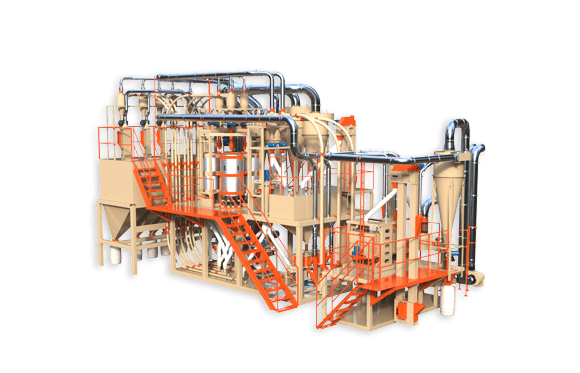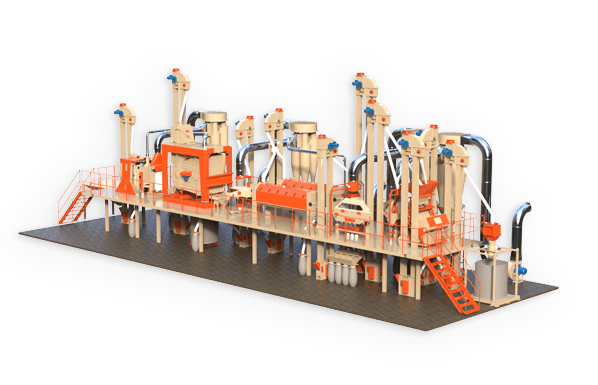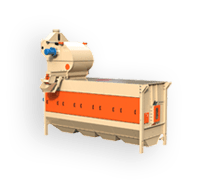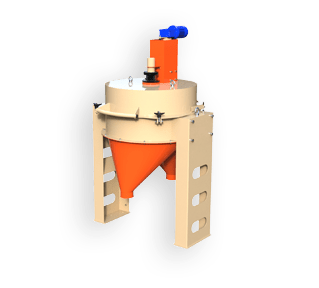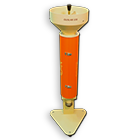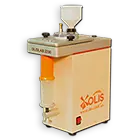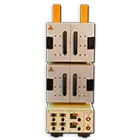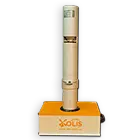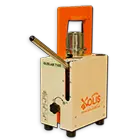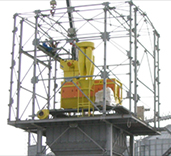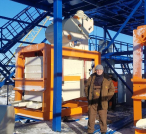Having successfully harvested the crop, you should remember that it still needs to be preserved, because if stored incorrectly, you will almost certainly receive unplanned losses leading to a decrease in profits.
The main factors that can harm stored grain are:
- internal processes in grain;
- microorganisms;
- insect pests.
Internal processes during grain storage
Under any conditions after harvesting, the grain continues to live. It absorbs oxygen from the air, which is spent on internal chemical processes leading to the release of water, carbon dioxide and heat. At the same time, the grain weight naturally decreases. The generated heat leads to self-heating of the grain mass, which contributes to an even greater intensification of chemical processes. Thus, at a temperature of 25 degrees and a humidity of 25 percent, weight loss can reach 0.3% per day. In addition, wet and warm grain can germinate, which will also lead to losses in both weight and quality.
The easiest way to combat this is by lowering grain moisture. When this parameter decreases to 10-12 percent, biochemical processes freeze and the grain falls into a state of suspended animation. Also, before storage, grains are cleaned of damaged (broken) grains – due to the damage to the shell and larger surface area, they breathe several times more intensely than whole grains.
Microflora in granary
When placed in storage, the grain mass is brought there
- bacteria;
- mold.
Spore-forming bacteria (for example, hay and potato bacilli) are especially dangerous. Under favorable conditions (humidity from 18 to 20%, temperature about 20°), they develop intensively, and when they later get into the flour, they cause rapid spoilage of bread (the so-called “sticky disease”).
To prevent the development of microorganisms, it is necessary to ensure microclimatic conditions unfavorable for them. On the one hand, this can be achieved by reducing humidity to a level of 14% or lower. Moreover, when the humidity is near the critical limit, sluggish molding still occurs, and overdrying the grain is fraught with its cracking. The optimal humidity range is 10-11%.
On the other hand, a decrease in the vital activity of microorganisms is ensured by a change in temperature. This could be an increase in temperature to 70-80 degrees, which will lead to the death of microbes. However, such heating will also affect germination, so it is unacceptable for seed grains.
You can also lower the temperature to 10 degrees, which will stop the growth of bacteria and mold. Freezing even at −30° does not lead to the death of mold, and when the temperature rises, it will begin to multiply again.Moreover, the defrosting process is fraught with an increase in humidity, which will aggravate the situation.
In addition, it should be noted that in the absence of air exchange with the external atmosphere, oxygen will gradually be consumed, and carbon dioxide will take its place. When the oxygen content drops below five percent, mold begins to die; in the complete absence of oxygen, all aerobic bacteria die. However, the grain itself will switch to anaerobic respiration, acquire a characteristic “barn” smell, and ethyl alcohol will begin to accumulate in it, which can impair germination.
Pests
The harm from insects settling in stored grain is multifaceted. They can:
- eat the harvest;
- cause damage leading to intensification of breathing and self-warming;
- glue grains into lumps with saliva, connect them with cobwebs, etc., which increases the likelihood of clogging gravity flows and outlets.
As with microflora, insects are sensitive to humidity, temperature and the presence of oxygen. Thus, at temperatures from 6 to 12 degrees, insects stop reproducing.
The level of optimal humidity for different insects can vary greatly: for most insects this value ranges from 12 to 17 percent, for mites – from 17 to 20 percent. At lower values, these insects cannot chew the grain shell and sharply lose their ability to reproduce. For most of them, the critical limit is at the level of 10-12 percent, for some sharpeners – 8 percent.
Insects are more sensitive to oxygen content than microbes – reducing its level to 10 percent usually leads to their death.
Control of microclimatic parameters
To monitor microclimatic indicators use:
- moisture meters;
- Thermometers.
For granaries, the most convenient device for measuring temperature is digital thermal rods (in the OLIS range they are represented by the “TC” model). With the help of a long probe, you can place the measuring element at the desired depth and immediately see the current parameter values.
To measure humidity, the most convenient are portable models of moisture meters, with which you can take measurements directly near the storage location.



